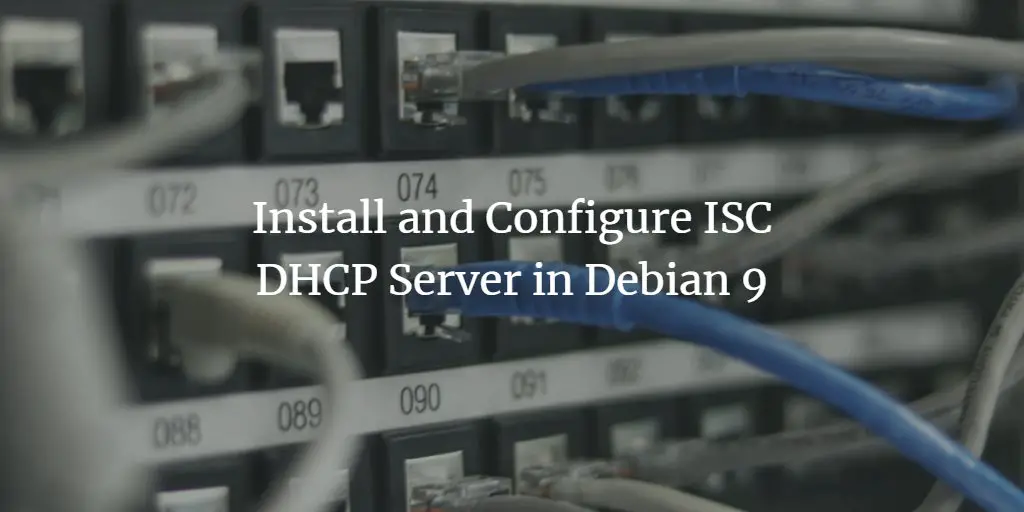Linux Tutorials on the topic “linux”
-
Ansible AWX Guide: Basic Usage and Configuration
Author: Muhammad Arul • Tags: linux, server, shell • Comments: 2AWX is an open source web application that provides a user interface, REST API, and task engine for Ansible. It's the open source version of the Ansible Tower. In this tutorial, we will show you basic usage of the Ansible AWX.
-
Linux screen Command: Keep Processes Running Despite a Dropped Connection
Author: Falko Timme • Tags: linux, other • Comments: 17Linux screen Command: Keep Your Processes Running Despite A Dropped Connection I guess you all know this: you are connected to your server with SSH and in the middle of compiling some software (e.g. a new kernel) or doing some other task which takes lots of time, and suddenly your connection drops for some reason, and you lose your labour.
-
How to Install Vanilla Forum on Fedora 29
Author: Blago Eres • Tags: fedora, linux, nginx, web server • Comments: 0Vanilla is a free, open source discussion forum written in PHP. In this tutorial, we will go through the Vanilla Forum installation and setup on Fedora 29 system by using Nginx as a web server, MySQL as a database server, and optionally you can secure transport layer by using acme.sh client and Let's Encrypt certificate authority to add SSL support.
-
-
How to Install Latest RoundCube Webmail on Ubuntu 18.04 LTS
Author: Hitesh Jethva • Tags: email, linux, ubuntu • Comments: 11Roundcube is a free and open source web-based webmail solution written in PHP. It is a web-based IMAP client, so you can also access your email server from your web browser. This tutorial shows how to install RoundCube with Apache web server and secured by a Let's encrypt SSL certificate on Ubuntu 18.04 LTS (Bionic Beaver).
-
How to Install Ansible AWX with Nginx Reverse Proxy on Ubuntu 18.04 LTS
Author: Muhammad Arul • Tags: linux, nginx, server, ubuntu • Comments: 16In this tutorial, we're going to show you how to install and configure the AWX on Ubuntu server 18.04. We're going to install the AWX with Nginx as a reverse proxy and built on the HTTPS secure connection.
-
Install and Configure ISC DHCP Server in Debian 9
Author: Matt Vas • Tags: debian, linux, server • Comments: 3In this tutorial, we’ll learn how to install and configure DHCP server in Debian 9. DHCP or Dynamic Host Configuration Protocol is a protocol used in networks through which a system can automatically obtain the network settings at boot time.
-
Configure Postfix to use Gmail as a Mail Relay
Author: Neil Golden • Tags: centos, debian, email, fedora, freebsd, linux, opensuse, server, suse, ubuntu • Comments: 63If you have a Gmail account, you can configure your MTA to relay outgoing mail through Gmail. This gives you the benefit of Gmail's reliability and robust infrastructure, and provides you with a simple means of sending email from the command line. In this tutorial, we will use Postfix as our MTA. Postfix is a free, open-source, actively maintained, and highly secure mail transfer agent.
-
How to Install NodeJS based Wiki.js on Fedora 29
Author: Blago Eres • Tags: fedora, linux • Comments: 0Wiki.js is an open source, modern and powerful wiki app based on Node.js, Git, and Markdown. Wiki.js runs on the blazingly fast Node.js engine and is optimized to conserve CPU resources.
-
Economical append-only offsite backups with restic and Wasabi on Debian 10
Author: Thomas Höjemo • Tags: backup, debian, linux • Comments: 4This guide shows how to install and configure the free backup software restic on Debian Buster to store off-site backups at the cloud storage company Wasabi. The main advantage of this guide is that it provides obligatory append-only backups. This means that once a backup has been made, it is secure in the sense that it cannot be overwritten or erased from the system the backup was made from.
-
Linux C Programming Tutorial Part 15 - 2's Complement and Negative numbers
Author: Himanshu Arora • Tags: c-programming, linux, programming • Comments: 1Up until now, in this ongoing C programming tutorial series, we have discussed quite a few concepts, but missed a basic one. It's about negative numbers. Yeah, though we briefly mentioned signed vs unsigned variables in one of our initial tutorials, we didn't actually discuss how negative numbers are stored in memory.










